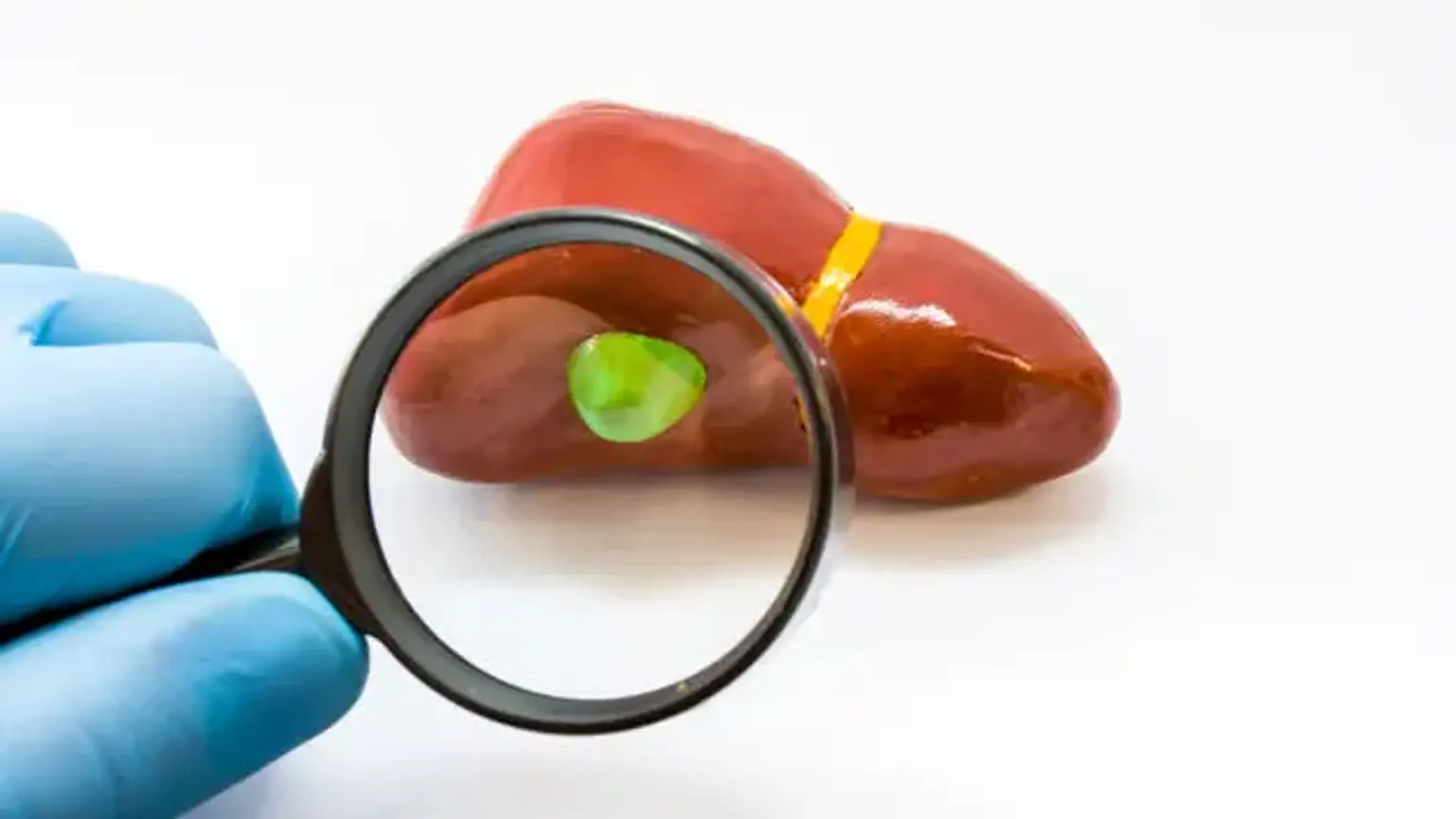Gallstone Disease
Overview
Gallbladder disease is characterized by inflammation, infection, stones, or gallbladder obstruction. The gallbladder is a pouch underneath the liver. It is responsible for storing and concentrating bile produced by the liver. Bile assists in fat digestion and is secreted by the gallbladder into the upper small intestine in response to meals (especially fats).
The most frequent condition affecting the biliary system, the body's mechanism for transferring bile, is gallstone disease. Gallstones are pebble-like solid masses that occur in the gallbladder or biliary system (the ducts leading from the liver to the small intestine). They occur as bile hardens because to an overabundance of cholesterol, bile salts, or bilirubin.
Intermittent discomfort, known as biliary colic, is the most frequent and mild symptom of gallbladder stones. A patient often complains of a constant gripping or gnawing pain in the upper right abdomen near the rib cage, which can be severe and spread to the upper back. Some biliary colic sufferers have discomfort beneath the breastbone. It is possible to have nausea or vomiting.
